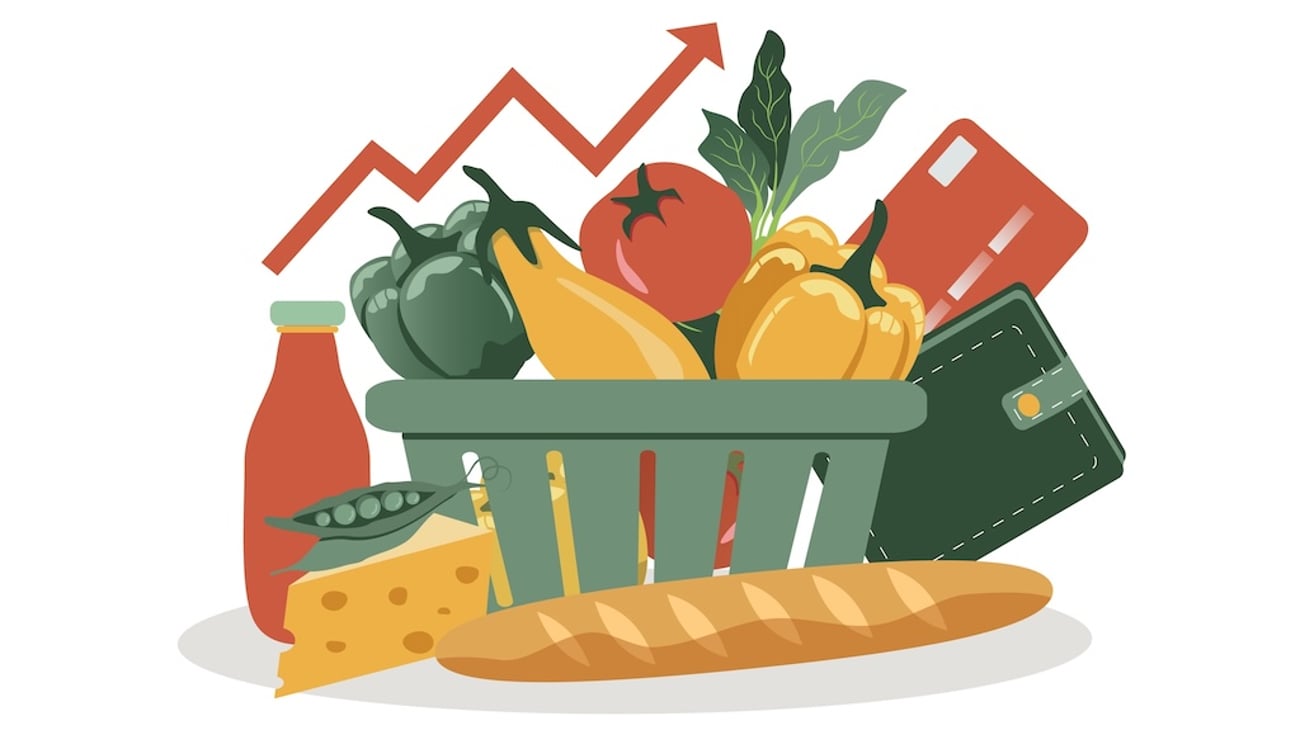Childhood obesity gets a prescription—and the food sector a warning
Canada has released its first major update to pediatric obesity guidelines in nearly two decades, and the recommendations represent a dramatic departure from past approaches. In addition to emphasizing traditional strategies such as healthy eating, physical activity, and behavioral support, the new guidelines now encourage physicians to consider prescribing GLP-1 receptor agonists—such as Ozempic and Wegovy—to children as young as 12. They also support the option of bariatric surgery for teenagers starting at age 13, even before exhausting lifestyle-based interventions.
This shift signals more than just a change in medical protocol—it marks a potential transformation in how Canadians relate to food and how the food industry is expected to respond.
The food industry has long promoted its role in offering healthier, reformulated products, particularly for children. But the inclusion of GLP-1 medications in pediatric care sends a powerful message: efforts to improve diet and lifestyle may not be enough to address the country’s rising obesity rates. This repositions pharmaceutical intervention not as a last resort, but as a core component of obesity management—raising questions about how this will influence long-term consumer behavior.
Already, there are signs of disruption. Since mid-2022, Nestlé’s share price has fallen by approximately 34%. PepsiCo, with its massive global snack portfolio, is down 26% since May 2023. Mondelez, another leading snack producer, has dropped 13% over the same period. While multiple market factors are at play, many analysts believe that the mainstreaming of GLP-1 drugs—appetite suppressants by design—is playing an increasingly important role.
READ: Nestlé debuts frozen food line in U.S. for weight loss drug users
As of early 2025, nearly one million Canadians are using GLP-1 drugs for either diabetes management or weight loss. Projections by JPMorgan suggest this number could triple by 2030, meaning up to 10% of Canadian adults could be on such medications within five years. Current estimates indicate that at least one-third of GLP-1 users are taking these drugs exclusively for weight loss—numbers that do not yet account for the new pediatric guidelines.
The implications are significant. If younger consumers begin to alter their relationship with food due to reduced appetite or other drug-induced effects, traditional consumption patterns—particularly around processed and indulgent foods—may be disrupted more quickly and deeply than previously anticipated.
Globally, other countries including the United States, Brazil, and South Korea have already approved GLP-1 drugs for adolescents. Canada’s move aligns with this international trend and reinforces the growing global influence of pharmaceutical companies on public health strategies related to nutrition and weight management.
READ: The food we eat in the Ozempic era
Obesity remains a complex and deeply rooted condition, shaped by biological, psychological, and socioeconomic factors. But many observers worry that this shift toward medicalized solutions risks overlooking the enduring value of whole, nutritious foods and active lifestyles. While GLP-1 drugs may offer a tool for managing appetite and reducing weight, their use in children raises broader societal questions about how health is defined—and who gets to define it.
Some argue that the industry must now contend with a new reality—one in which pharmaceutical tools may increasingly shape what, how, and how much Canadians eat. Companies that fail to adapt to these shifting consumption drivers may find themselves at odds with a changing marketplace.
One thing is clear: the food industry is no longer on the sidelines of the weight-loss debate. The GLP-1 era is well underway, and its influence is only growing.






